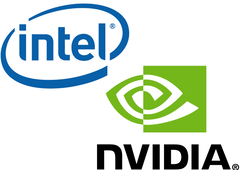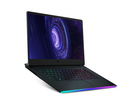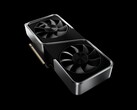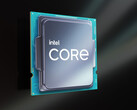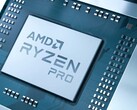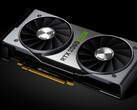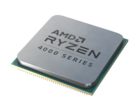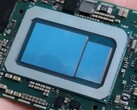January 21 update - Intel also reached out with an official statement: "These allegations are false and no such agreement exists. Intel is committed to conducting business with uncompromising integrity and professionalism. OEMs choose their own components. It is reasonable and expected for OEMs to seek balanced levels of performance across CPU and GPU and also for some to modify such goals based on economic criteria."
January 20 update - Nvidia's Head of Consumer PR EMEA Ben Berraondo reached out with the company's official position regarding the allegations: “The claim is not true. OEMs decide on their system configurations, selecting GPU and then CPU to pair with it. We support both Intel and AMD across our product stack.”
The guys over at PurePC.pl have done some digging and are now claiming that Intel and Nvidia appear to somehow be responsible for the limited dGPU options on last year's Ryzen 4000 laptops. Many users were hoping OEMs would eventually launch Renoir laptops with high-end Nvidia dGPUs, but each and every laptop maker continued to limit the graphics options up to an RTX 2060, even on premium builds, whereas the Intel Comet Lake-H laptops with inferior energy efficiency benefited from Nvidia’s GPUs all the way up to the RTX 2080 Super. Laptop OEMs tried to rationalize these limitations by pointing out that the Renoir platform featured only 8x PCIe 3.0 lanes for the graphics side, which apparently would hinder the potential of higher-end dGPU models. Still, if that were truly the reason, why are we now seeing Ryzen 5000 laptops still featuring the same 8x PCIe 3.0 lanes coupled with up to an RTX 3080 high-end GPU?
The investigations conducted by the Polish team led them to believe that the explanations regarding the limited number of lanes on the Renoir-based laptops were nothing more than a “smokescreen.” PurePC.pl claims that one OEM came forward and secretly acknowledged that the actual reason for those limitations was an internal agreement between Intel and Nvidia. This alleged agreement stipulated that only the top Comet Lake-H CPUs were to be coupled with high-end NVIDIA dGPUs.
There is no solid proof about the existence of such an agreement, but it would not really be surprising since Intel has been known to incentivize its partners to delay or even exclude AMD’s solutions for certain form-factors. This year, the situation is clearly different. AMD is supposed to launch the new Ryzen 5000H mobile APUs in late January, and we already see Asus and Lenovo offering premium AMD-based laptops with RTX 3080 dGPUs. Intel’s new Tiger Lake-H35 mobile CPUs are still limited to 4x PCIe 4.0 lanes, which are clearly no better than the 8x PCIe 3.0 lanes on the Ryzen 5000H systems. Yet AMD has a decent edge with the APU performance and energy efficiency, while Intel is expected to launch the 45 W Tiger Lake-H models in Q2 this year at the earliest. Intel still has a big plus with the Thunderbolt support, but this advantage will only last until next year. Hopefully, Intel's new CEO can come up with a more solid plan for the mobile side in the next few years.
Buy the Razer Blade 15 Advanced Gaming laptop with RTX 2080 Max-Q on Amazon


 Deutsch
Deutsch English
English Español
Español Français
Français Italiano
Italiano Nederlands
Nederlands Polski
Polski Português
Português Русский
Русский Türkçe
Türkçe Svenska
Svenska Chinese
Chinese Magyar
Magyar